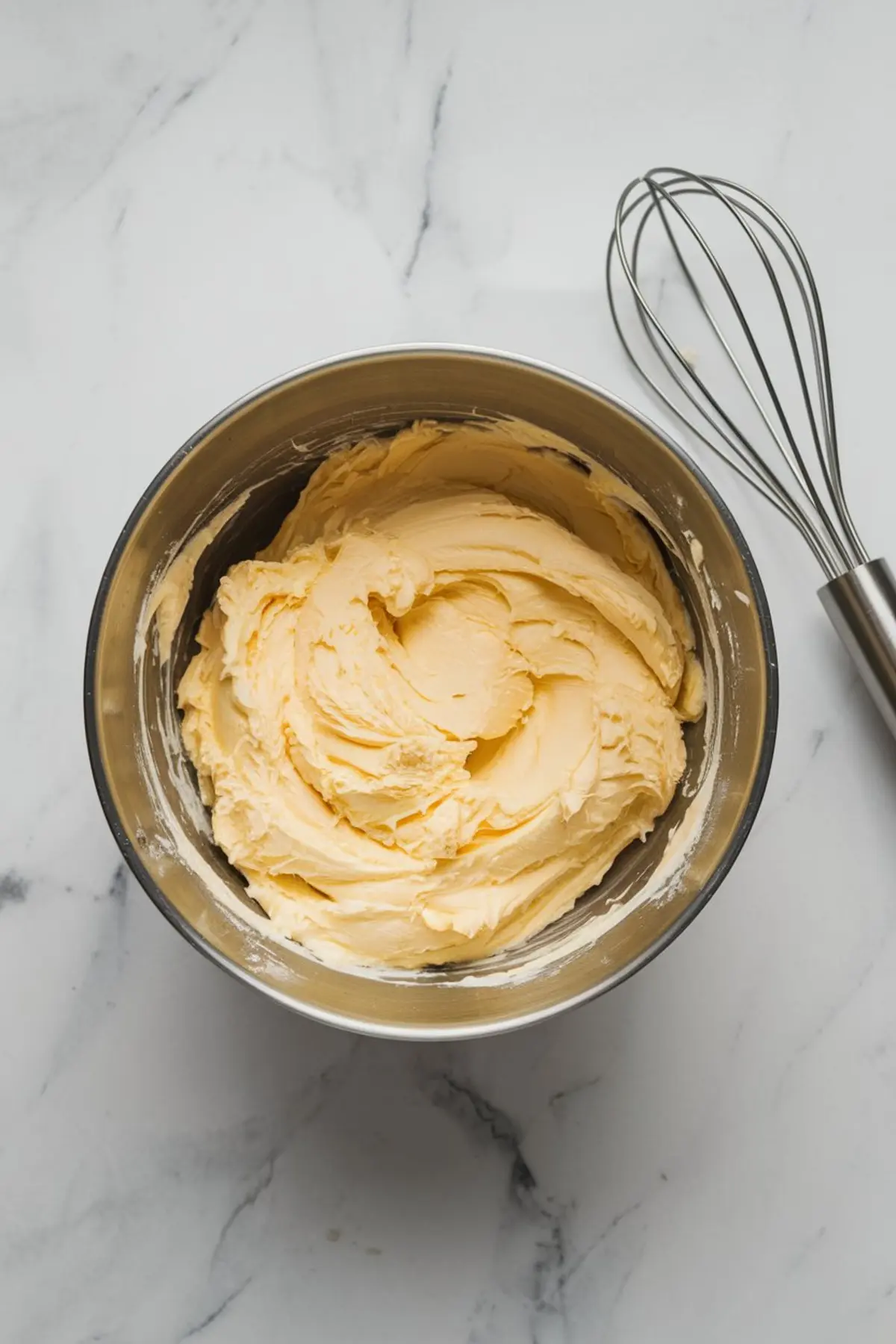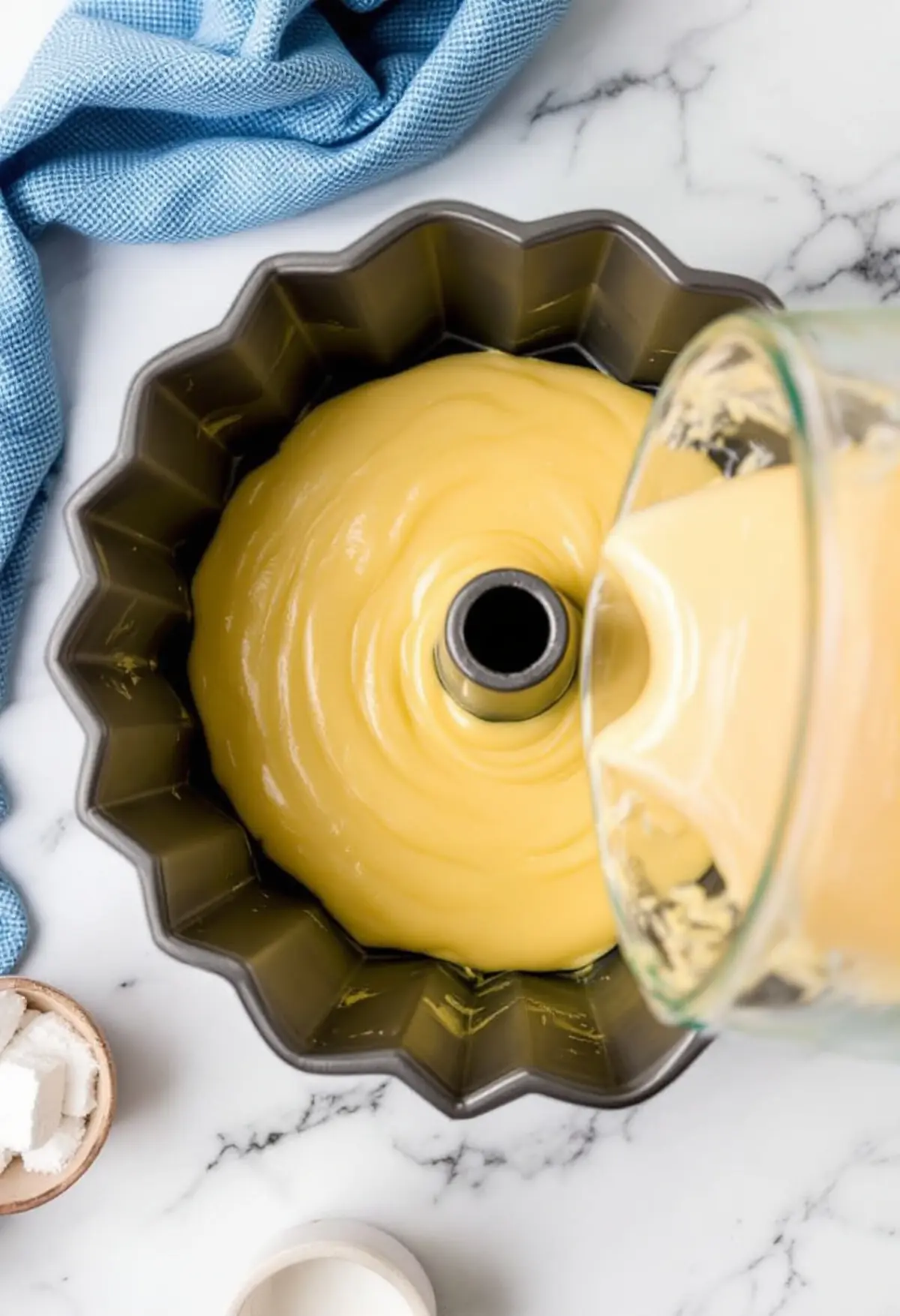I have always adored the bright burst of citrus in homemade desserts. My grandmother’s old scrapbook introduced me to a lemon cake idea that felt exciting, and I switched things up with a lemonade twist. This approach to a Bundt cake has family roots, and I treasure the memory.

Why This Lemon Cake Matters
A frosted Bundt cake reminds me of morning gatherings with my aunts, who loved to chat around a busy table. I first tasted a glaze-soaked version at a neighborhood potluck, and that memory stayed with me. This version balances sweetness and tang in every bite.
My experience in baking began with simpler tasks, like whisking eggs for pancakes, before I ventured into more advanced recipes. I learned that lemon stands out in baked goods, and that discovery led me to many experiments. I found that combining citrus juice with buttermilk adds a mellow taste and soft crumb.
Squeezing fresh lemons brings joy that I cannot replace with bottled juice. I inhale that aroma, and it transports me back to early summer days in my mother’s garden. This feeling inspired me to refine each step, from mixing flour to beating sugar into butter.
Key Ingredients for the Lemonade Bundt Cake

I rely on all-purpose flour for a reliable structure in every slice. Baking powder adds lift, and salt gives the flavor a balanced finish. I trust softened butter and granulated sugar to create a light, airy foundation.
Eggs bring richness and blend best one at a time. Lemon zest and lemon juice work together as a dynamic duo that brightens the batter. Buttermilk completes the mix, contributing moisture and depth that I hold dear.
Combining Everything for a Smooth Batter

I start by creaming the butter and sugar in a large bowl, and I keep going until the mixture looks fluffy. I then add eggs and watch the batter transform into a pale, velvety swirl. Lemon zest and juice show off their fragrance at this stage, and I love that uplifting aroma.
I sprinkle in the dry mixture in small portions, and I pour the buttermilk in between those additions. I give the bowl a quick scrape to keep each element united. My technique helps me avoid clumps, and I appreciate how easy the batter flows into the Bundt pan.
Baking and Cooling the Lemonade Bundt Cake

I heat the oven to 350°F (175°C), and I take a moment to grease the pan thoroughly. I prefer a gentle swirl of flour on every curve, which helps the cake slide out without a fuss. A few years ago, I found that skipping this step sometimes led to a broken piece, so I now take extra care.
I pour the batter into the mold and place it on the center rack. My kitchen timer is always set for 45 minutes, and I check the top with a toothpick around that mark. That gentle test tells me if the cake needs a few more minutes or is ready.
A Bundt cake needs a small rest in the pan after baking. I let it sit for 10 minutes, then I flip it onto a rack. This process keeps the shape intact, and I admire the golden ring that emerges.
Adding the Lemonade Glaze
I usually mix powdered sugar with fresh lemon juice and a bit of melted butter to form the glaze. I whisk until the consistency becomes smooth, and I adjust the thickness by adding more sugar or a splash of lemon juice. Lemon zest joins the final blend, making the glaze sparkle like sunshine.
This extra layer brings a delicate sweetness and an extra hint of citrus that intensifies each mouthful. I drizzle it slowly over the cooled Bundt cake, and I enjoy the sight of that drizzle pooling in the ridges. A garnish of lemon slices and more zest finishes the presentation.
Why Buttermilk and Fresh Lemons Work So Well
I believe buttermilk adds softness that plain milk rarely achieves. Each slice maintains a pleasant texture, even when stored for a day or two. Fresh lemons impart a clean, bright note that is impossible to replicate with shortcuts.
I once tried a recipe that skipped buttermilk, and the cake came out dry. That outcome showed me the importance of each ingredient. My guests noticed the difference, and I returned to the tried-and-true buttermilk approach right away.
How I Serve My Lemonade Bundt Cake
I present this cake on a simple stand that highlights its shape. I might scatter a few lemon slices around the base, offering extra color. A dusting of powdered sugar sometimes appeals to me, especially if I feel playful.
Friends in my kitchen usually enjoy a slice with tea, but coffee pairs well, too. This treat holds up for brunch or an afternoon pick-me-up. My taste buds recognize a timeless combination of tang and sweet satisfaction.
Inspirations from My Lemon Dessert Archives
I keep a fondness for other lemon-inspired treats that excite my palate. My buttery Lemon Crumb Bars stay on my must-bake list. I also recommend Mini Lemon Tarts if you enjoy bite-sized pastry fun.
I tried making Lemon Macarons for a weekend gathering, and I felt proud of those delicate cookies. My Lemon Pound Cake approach offers a dense, flavorful loaf that slices easily. That led me to experiment with a Blueberry Lemon Pound Cake that my neighbors loved.
Best Storage Practices
I wrap leftover cake slices in plastic wrap or place them in a sealed container. I stash them in the fridge or on the counter, depending on how soon I plan to serve them again. A quick microwave reheat brings back a bit of warmth, although I often prefer the cake at room temperature.
The glaze keeps its glossy look for a day, though a slight crystallization can occur if left in open air. I sometimes cover the cake with a dome to slow that process. I find that a gentle tilt of the dish is enough to drizzle the extra glaze around if needed.
Tips for Success from My Kitchen
I use room-temperature ingredients so that everything blends smoothly. I check the cake in the oven early, since overbaking leads to a dry crumb. I also make sure each swirl of batter is well incorporated before I move forward.
My mother taught me to beat butter and sugar with energy because that step traps air. I avoid adding all eggs at once, so I add them individually to keep the batter uniform. I appreciate how each detail adds to a pleasing texture and taste.
Why This Cake Draws Me Back
I enjoy this lemonade Bundt cake because it feels joyful and refreshing. The simple combination of lemon juice, zest, and buttermilk fits my craving for something bright and easy. Each slice carries a reminder of family gatherings and personal memories.
Readers send me photos of their own cakes with lemon decorations or bright sprinkles. I love seeing that creativity unfold in their kitchens. My hope is that you feel inspired to add your own flair.
Finishing Thoughts and Community Connection

I recommend pinning this recipe on your dessert board. My wish is that you share your attempts in the comment section, and I would love to see your questions or stories. A little exchange in a warm community helps everyone learn new tricks.
Lemonade Bundt Cake Recipe

A soft and tangy lemon Bundt cake topped with a sweet lemonade glaze. Fresh lemon juice and zest add bright citrus flavor, while buttermilk ensures a moist texture.
Ingredients
- FOR THE CAKE:
- 2 ½ cups all-purpose flour
- 2 ½ teaspoons baking powder
- ½ teaspoon salt
- 1 cup unsalted butter, softened
- 2 cups granulated sugar
- 4 large eggs
- 1 tablespoon lemon zest
- ½ cup fresh lemon juice
- 1 teaspoon vanilla extract
- 1 cup buttermilk
- FOR THE LEMONADE GLAZE:
- 2 cups powdered sugar
- ¼ cup fresh lemon juice
- 2 tablespoons melted butter
- 1 teaspoon lemon zest
- FOR GARNISH:
- Lemon slices
- Extra lemon zest
Instructions
- PREPARE THE BUNDT PAN: Preheat the oven to 350°F (175°C). Grease a 10-cup Bundt pan thoroughly with butter or nonstick spray, then dust lightly with flour to prevent sticking.
- MIX THE DRY INGREDIENTS: In a medium bowl, whisk together the flour, baking powder, and salt. Set aside.
- CREAM THE BUTTER AND SUGAR: In a large mixing bowl, beat the butter and sugar together until light and fluffy, about 3-5 minutes. Proper creaming ensures a soft, airy texture.
- ADD THE WET INGREDIENTS: Beat in the eggs one at a time, then mix in the lemon zest, lemon juice, and vanilla extract until fully incorporated.
- COMBINE DRY AND WET INGREDIENTS: Add the flour mixture and buttermilk in alternating additions, starting and ending with the flour. Mix gently until just combined, avoiding overmixing.
- BAKE THE CAKE: Pour the batter into the prepared Bundt pan and smooth the top. Bake for 45-55 minutes, or until a toothpick inserted into the center comes out clean.
- COOL THE CAKE: Let the cake cool in the pan for 10 minutes, then carefully transfer it to a wire rack to cool completely.
- MAKE THE LEMONADE GLAZE: Whisk together the powdered sugar, lemon juice, melted butter, and lemon zest until smooth. Adjust the consistency by adding more lemon juice if needed.
- GLAZE AND DECORATE: Drizzle the glaze over the cooled cake. Garnish with lemon slices and extra zest before serving.
Notes
For the best texture, use room-temperature ingredients. Softened butter, eggs, and buttermilk blend more easily into the batter, resulting in a smooth and even crumb.
Greasing and flouring the Bundt pan thoroughly is essential to prevent sticking. Be sure to get into every crevice of the pan, especially if it has an intricate design. If you prefer, you can use a baking spray that contains flour for added insurance.
When creaming the butter and sugar, take the time to beat them together until light and fluffy. This step incorporates air into the batter, which helps create a tender and airy cake. Scraping down the sides of the bowl periodically ensures all ingredients are fully incorporated.
Adding the eggs one at a time allows them to emulsify properly into the batter. Mixing too quickly or adding eggs all at once can cause the batter to separate, leading to a dense cake.
Alternating the dry ingredients with the buttermilk helps maintain a smooth and evenly mixed batter. Always begin and end with the flour mixture, mixing just until combined after each addition. Overmixing at this stage can lead to a dense or tough cake.
Checking for doneness is crucial. Since oven temperatures vary, start testing the cake around the 45-minute mark. A toothpick inserted into the thickest part should come out clean or with a few moist crumbs but no wet batter. Overbaking can lead to a dry texture, so remove the cake as soon as it is fully baked.
Letting the cake cool in the pan for about 10 minutes allows it to set slightly before removing it. Turning it out too soon may cause breakage, while waiting too long can make it stick to the pan. Running a thin knife around the edges can help loosen the cake if needed.
The lemonade glaze should be thick but pourable. If it's too thin, add a little more powdered sugar. If it's too thick, a few extra drops of lemon juice will help achieve the right consistency. Drizzling the glaze over a fully cooled cake prevents it from absorbing too much and ensures a smooth, glossy finish.
For added flavor, consider brushing the warm cake with a bit of lemon syrup before glazing. This enhances the citrus flavor and keeps the cake moist.
Garnishing with lemon slices and extra zest adds a fresh, decorative touch. If serving for a special occasion, a dusting of powdered sugar or a few edible flowers can make the presentation even more elegant.
Nutrition Information
Yield
12Serving Size
1Amount Per Serving Calories 494Total Fat 19gSaturated Fat 11gTrans Fat 0gUnsaturated Fat 7gCholesterol 109mgSodium 272mgCarbohydrates 76gFiber 1gSugar 55gProtein 6g

